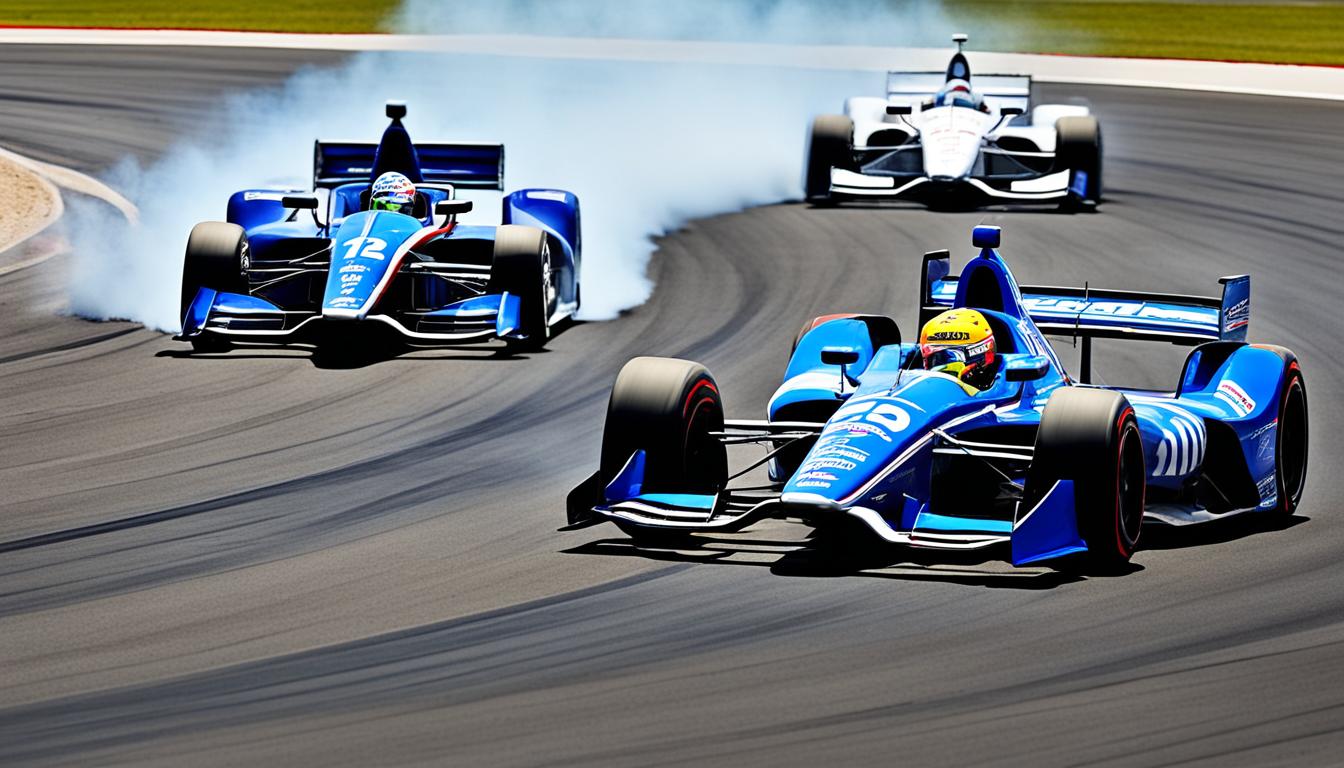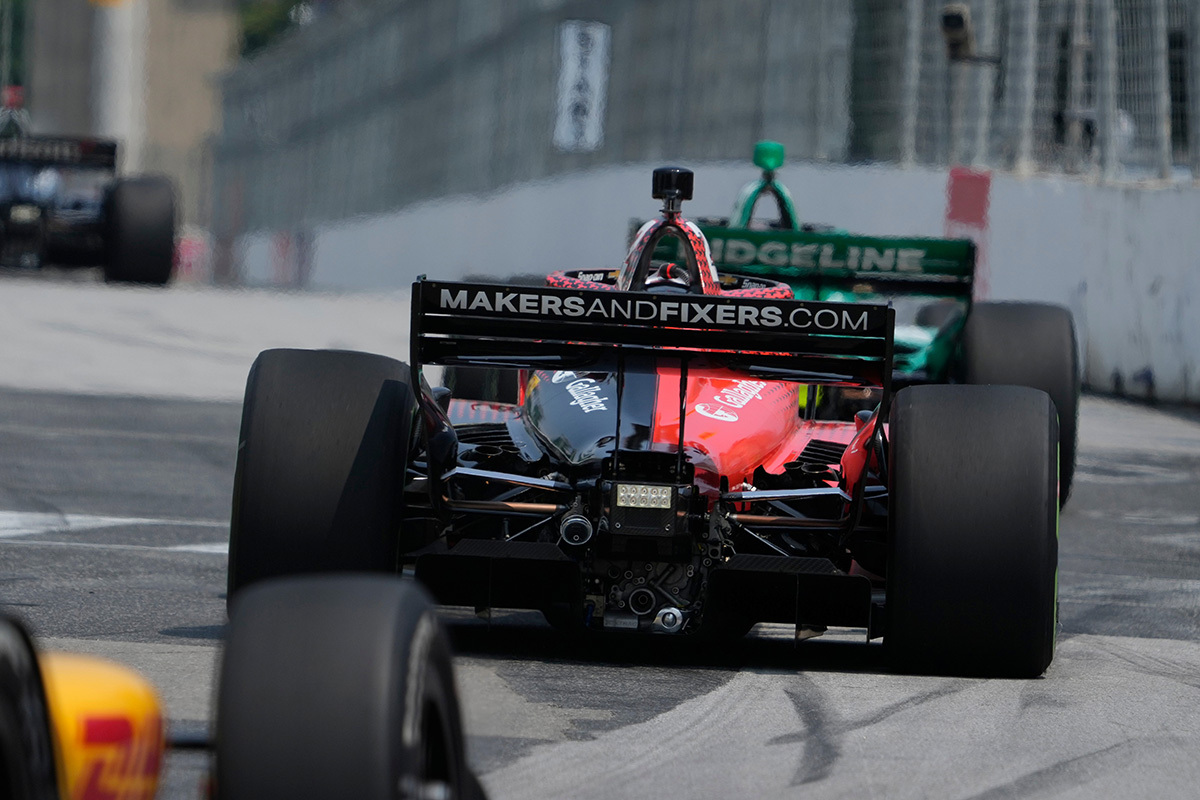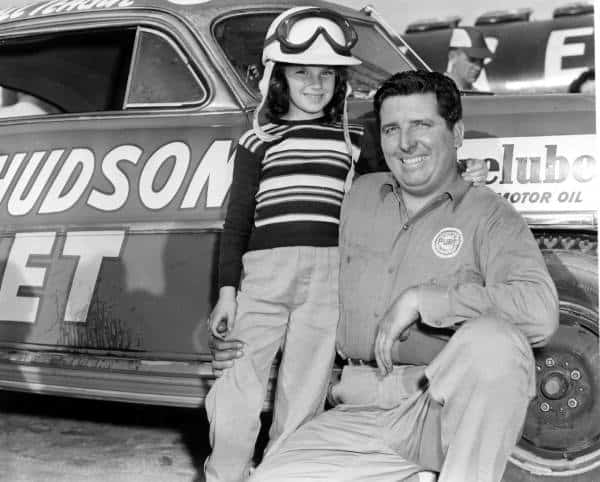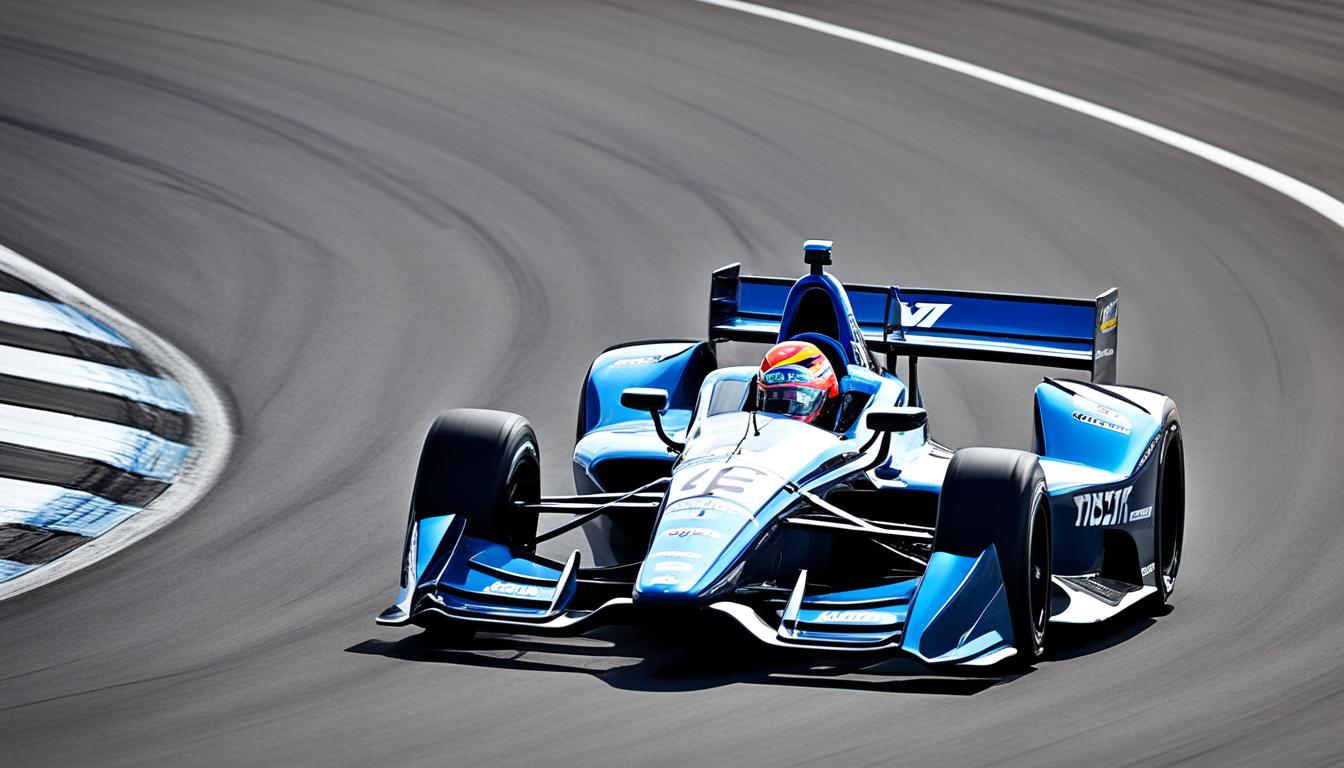How much does an IndyCar cost? 12 essentials and shocking costs to join the IndyCar series
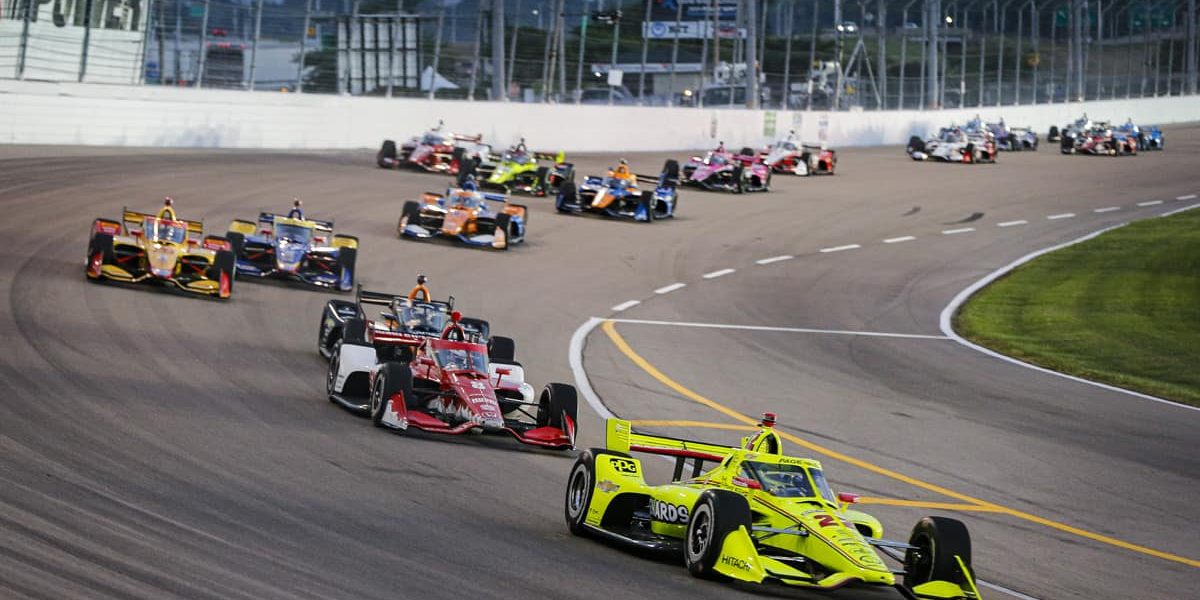
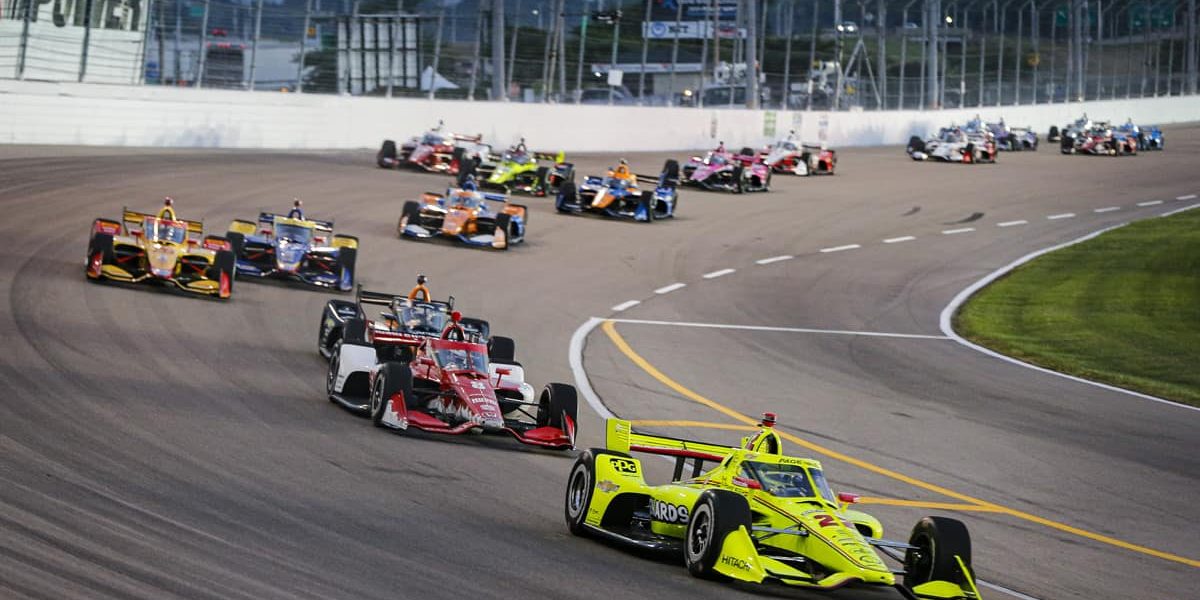
Table of Contents
How much does an IndyCar cost? Good question.
Most team owners would reply. Asking other IndyCar team owners the cost of a car is like asking a lady her age. The cost of a racing car is a well-guarded secret. This is not only due to the competition but also because of governing body’s spending regulations. Very few journalists have had a peek at the balance sheet of a team owner.
To get an idea of the cost of an IndyCar, it is best to go back to the 2018 season. In 2020 reporters barely had a chance to look at the costs of a race car because of the pandemic. IndyCar has started full swing in 2021 with a few restrictions.
It is certain though, that IndyCar racing is much cheaper than F1 racing, the cost of which will run into hundreds of millions of dollars.
Nevertheless, IndyCar racing doesn’t come cheap. If you feel like racing in the Indy500 be prepared to shell out at least $3 million and pray that your car isn’t involved in a severe crash. If there is an accident, the costs could go up by $200,000 depending on the severity of the crash.
And yeah, be prepared to lose your investment.
The 2020 Indy500 winner, Takuma Sato was awarded $1,370,500. James Davison, who came in 33rd and last was awarded $100,000. It is difficult to recover your investment with prize money alone even if you race throughout the season.
And don’t think of recovering your money unless you have good sponsors backing you.
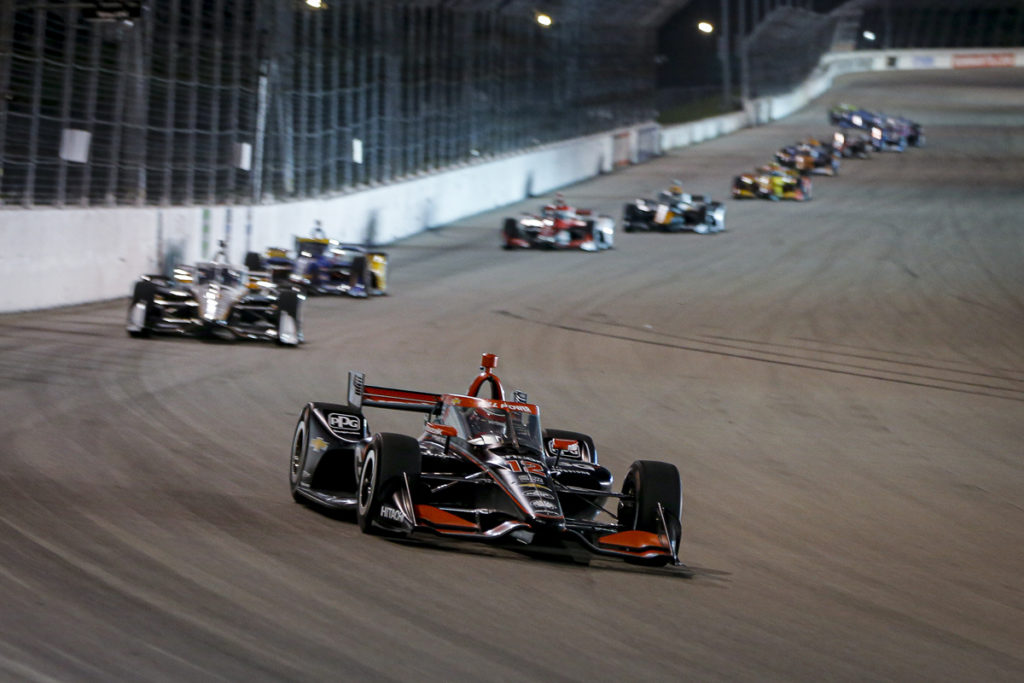
How do I go about preparing for Indy 500?
You’ll need at least five months to prepare for the IndyCar season which generally begins in April/May. An engine and a chassis do not a car make. There are many other components you will have to source, test and purchase.
You have to have a Captain, someone who knows the nuts and bolts of the IndyCar building and Indy racing.
The Captain will know where to book garage space to work on the car and whom to hire as mechanics and helpers. That will be your crew. He will know the rule book and tell you where to source fire suits, the electronics and the brake system.
He is the one to show you the way to a win if you are to be successful even in one race.
Even getting into IndyCar racing is difficult. The series will first inquire with all the car component suppliers before considering you as one of the competitors. They will want you to make a downpayment to Honda or Chevy for an engine.
Then there is Dallara for the chassis and Firestone for the tires. If you have made down payments to the suppliers, congratulations, you have one foot in the door.
Putting Together a Team
How much does it cost to put together an IndyCar team?
You are starting from scratch. That means you will have to shell out for an IndyCar team. The cost of building a team will be about $3 million. The purse for an IndyCar 500 race is $13.2 million.
That money is distributed among all the participants of the race.
How much will a Captain/Manager expect to be paid?
Find a good Captain. He will know where to buy the right equipment. Buying the best equipment does not mean you are done. What you make of the equipment matters. Your captain will know that. You will have to pay the captain and pay him good.
Your most important investment, the Captain, will expect to be paid in the region of $75,000 or more for five months beginning January.
How much do I pay a driver?
You will need a driver who is among the best as well as one who can get along with people in the crew. Your team’s popularity will depend on who is behind the wheel of the car. A driver with a good reputation could also bring along sponsors with him. Moreover, crew members are also keen to join a team with a good driver.
Having an efficient team manager and an accomplished driver is halfway to having a good IndyCar 500 race.
The best drivers will be aligned with the more reputable teams that have money to splash around. Look out for veterans. But a savvy IndyCar 500 driver won’t come cheap. You’d be lucky to close a deal with an affable driver for $500,000.
You are now halfway to having a memorable race and you have spent $575,000 of your budget.
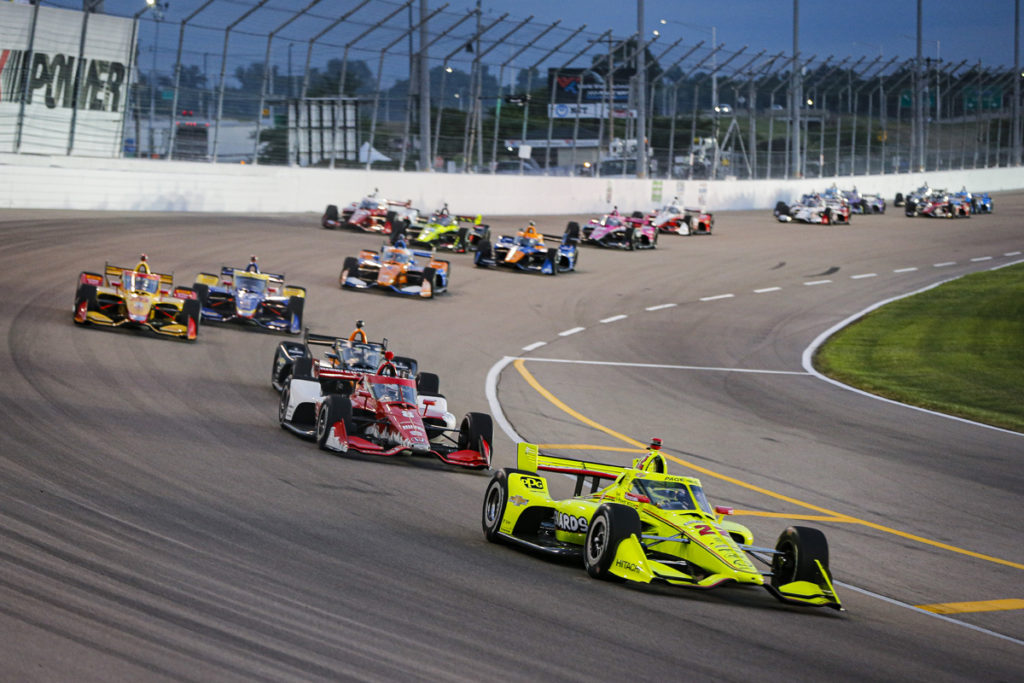
Building an IndyCar
How to put an IndyCar together?
This is where the Captain comes into play. He will advise you where and how to buy a car chassis, an engine, hire tires for a month and a suitable workshop to assemble and maintain the car. He will also advise you on what crew you need and help you recruit them.
To even get a licence to compete in an IndyCar race you have to complete the above formalities. The Indy car regulations state that to be approved, the “entrant’s competitive and business viability will be assessed to determine whether to approve and issue the license.”
This includes (a) a purchase or lease agreement with an approved engine manufacturer that has been producing the same engine for years; (b) a purchase or lease agreement for a workshop, and (c) employment of key personnel including a team manager, a driver, a chief mechanic and support crew.
Who are the engine suppliers for IndyCar?
IndyCar has given contestants a choice between two engine manufacturers: Honda and Chevrolet. These are IndyCar’s OEM partners. You can either lease the engines on a short-month lease or a full-month lease. Both manufacturers try and outdo each other year in and year out for speed.
The decision on which engine to choose is best left to the Team Manager and the Technical Director.
Entrants are allotted two engines for a full-month lease programme by either company. The second engine is to be used on carb days. The same engine has to be used both for the qualifying and the race. One engine program, a full-month one, will set you back another $225,000. (At least one engine per program is required, take note.) One engine lease is cheaper at $125,000, but one wouldn’t want to get stuck with a stalled engine before the qualifying begins.
If you pay $225,000 for a full-month lease programme, you have now spent $800,000 from your kitty for an IndyCar team.
Who supplies tires for IndyCar?
Firestone is the OEM for tires for IndyCar. They lease 33 sets of tires to racing teams a month. No IndyCar suppliers reveal the prices to outsiders. But expect the leased tires to cost you $100,000 a month.
Just owning an IndyCar isn’t enough. Tires alone will cost you more than $1 million over a season. Firestone supplies different tires for ovals, street courses and road courses. They also have softer tires which allow for quick cornering but wear out faster. Your expenditure has now risen to $900,000.
Which chassis do I buy for IndyCar?
Racing in Indy, one doesn’t have many choices in chassis suppliers as Dallara DW12 is the only approved chassis by Indy. Second-hand chassis (from other IndyCar teams) are available at a marginally lower price than new chassis. A second-hand chassis will cost around &300,000. If you opt for a new chassis, you will have to pay $350,000.
That will bring you spending up to $1,250,000.
RECENT: Alex Palou Powers To Portland Pole
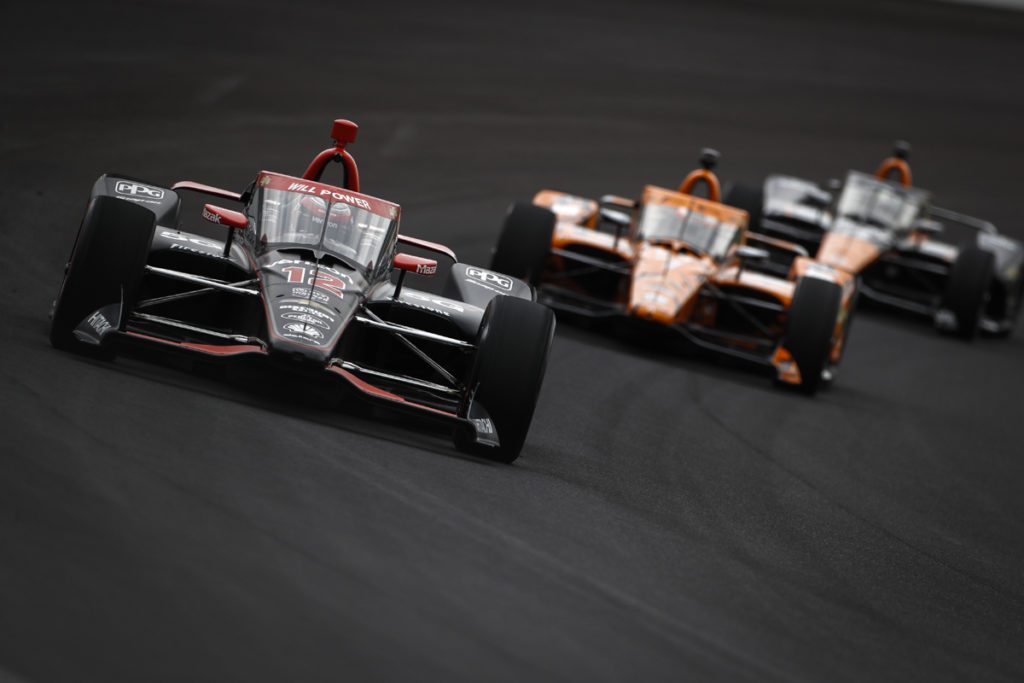
Miscellaneous
Where to look for the workshop?
Indianapolis is the racing capital of the world. Various series conduct races in Indianapolis and there is no dearth of workshops. Instead of buying a shop, you can lease a garage space which saves you quite a bunch.
You will get a sizeable garage space for a rent of $4,000 per month. Assuming you will want the space for a couple of months, you will spend $8,000 on the garage space. Your expenditure so far will come to 1,258,000.
How much does it cost to enter the Indy 500?
IndyCar entrants are charged a fee of $2,325 which is comprehensive and includes 25 team credentials. You will have to pay another $21,000 for your garage space for a month, fuel services, race modes, parking, scoring etc. you have to do all these things in tandem. If you have a good Team Manager, he will guide you through the lanes.
By now you have shelled out $1,279,000 of your budget.
How do I recruit the support staff for the IndyCar?
IndyCar crew consists of several people, each specialised in their task. They are dedicated to the team they choose to work for. But these people will have to work 12 to 14 hours per day on weekends and holidays. Often you will have to grab crews from other teams. The crew will expect to be paid higher salaries. Not many people will take one or two months off from their regular paying jobs.
The job of recruiting the crew is best left to the Team Manager. H will call on past contacts and enrol the most suitable people for the job. The crew will handle the most pit stops in any race in any other series. They will refuel the car and change tires and strive to do it faster than the competitors.
Most of the crew want to align with winners because it will stand them good in their future careers.
That said, you will need the following people in the crew:
- The technical director will cost you around $50,000 for 8 weeks
- Lead engineer will charge $50,000 for 8 weeks
- Assistant Engineer – $25,000 for 8 weeks
- Front end mechanics, 2 nos will cost $24,000 for 8 weeks
- Rear-end mechanics. 2 nos will cost $$24,000 for 8weeks
- Crew chief will charge around $14,000 for 8 weeks
- Gearbox mechanic will want $12,000 for 8 weeks
- Fabricator will have to be paid $12,000 for 8 weeks
- Sub-assembly mechanic will also command $12,000 for 8weeks
- Shock absorber specialist will be $10,000 for 8 weeks
- Spotters (2 nos) will cost you $7,200 for nine days
- Data acquisition engineer will be at $5,000 for 4 weeks
- Public relations person will be available for $5,000
The above personnel will cost you $ 250,200 raising your expenditure to $1,529,200.
How do you acquire the other components of the car?
Many used components are available for sale in shops around Indianapolis. But it is best to avoid them because one doesn’t know which car they came from. It is best to bank on new components for a car on which you have spent more than a million and a half dollars.
If it is not possible to find a spare in the market, do by all means lease or buy a part from another team.
The following will be the parts that you will need:
- Turbos, waste gates, brakes and clutches which will come to $150,000
- Data logging system will set you back by $120,000
- Shock dyno will cost you $90,000
- Spare front and rear wings will cost another $80,000
- Gears will cost $44,000
- Paddle shifts will set you $40,000 poorer
- 8 Sets of wheels will cost $40,000
- A couple of redhead fuel probes will be $40,000
- Two sets of speedway kits will cost another $30,000
- Two hoses and speed guns to change wheels will be $30,000
- 15 radios will cost $22,500
- A setup table will be $25,000
- A new fuel tank will cost at least $20,000
- Setup gauges and equipment will cost $15,000
- 12 fire suits for the driver and the crew will cost $12,000
- One set of oil radiators will be $11,000
- Attenuators will cost $10,000
- 4 or 5 needed laptops will cost around $7500
- A spare radiator will be $6,700
- 10 sets of protective gear (helmets, shoes, gloves and Nomex underwear) will be $6,500
- Six sockets for the wheel guns will cost $6,000
- Paint for the car will be $6000
- 15 radio headsets will set you back by $4,500
- Golf carts rented from IMS, 3nos will cost $3,300
- Electronics package containing wire looms, timing transponder, IndyCar supplied electronics will cost another $3,000
- Fuel will set you back by $2,500
- Nitrogen will cost $2,500
- Rented scoring stand will be $2,000
- Garage supplies including table, chairs and signage will cost another $2,000
- Air jacks will be $2,000
- Rented tugger will cost $1,500
Now it is time to look at the accommodation for you and the crew.
- A suite for you and your associates will cost $70,000 at Indianapolis Motor Speedway.
- The crew will need 3 uniforms each will see you $1300 poorer.
- Food for the crew and yourselves will cost $10,000
- Dry cleaning for 8 weeks will be $3,000
What will testing of the car cost?
Your car is ready and all set to go. But you can’t let the driver get into the cockpit before thoroughly testing the car. The driver will want to spend time in a simulator before he attempts to drive the car. Here’s what you will spend on testing:
- Ontrack Test at IMS will cost $65,000
- Spending two days on a simulator will cost $20,000
- Rolling tunnel for 24 hours will be $35,000
- Testing on a seven post rig will cost $5,000
You have spent a further 1,241,800 on components and testing bringing the total cost to you so far to $2,771,000
There is one eventuality which you have to set aside money for and that is a crash repair fund. With a crowded field of 33 racers, there is every possibility of a crash. You will have to set aside 200,000 for crash repairs.
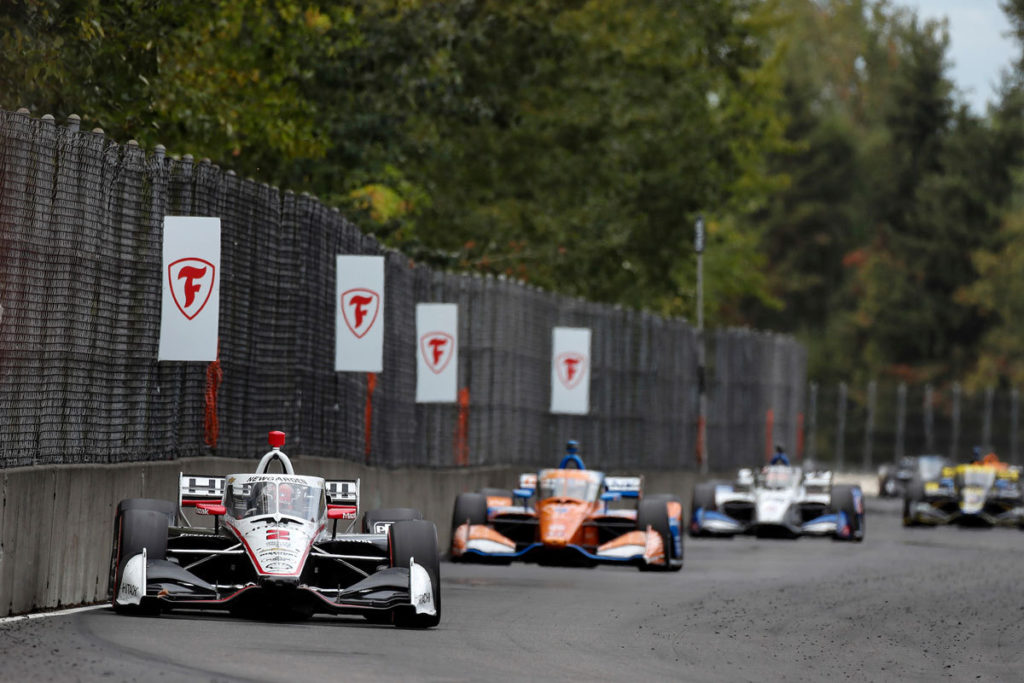
Enjoy yourself!
Having spent time and effort to race on the big day, you deserve to have fun. Enjoy yourself. It is not every day that someone invests $3 million in a single event. But then, it is not every day that 300,000 spectators cram into an arena to watch a contest.
By the end of the race, you will join an exclusive group of people who have participated in the Indy 500.
For more racing action, visit NASCAR Chronicle.






